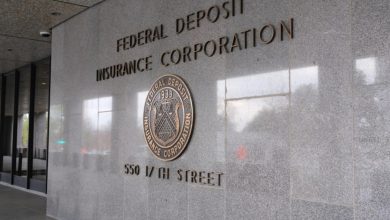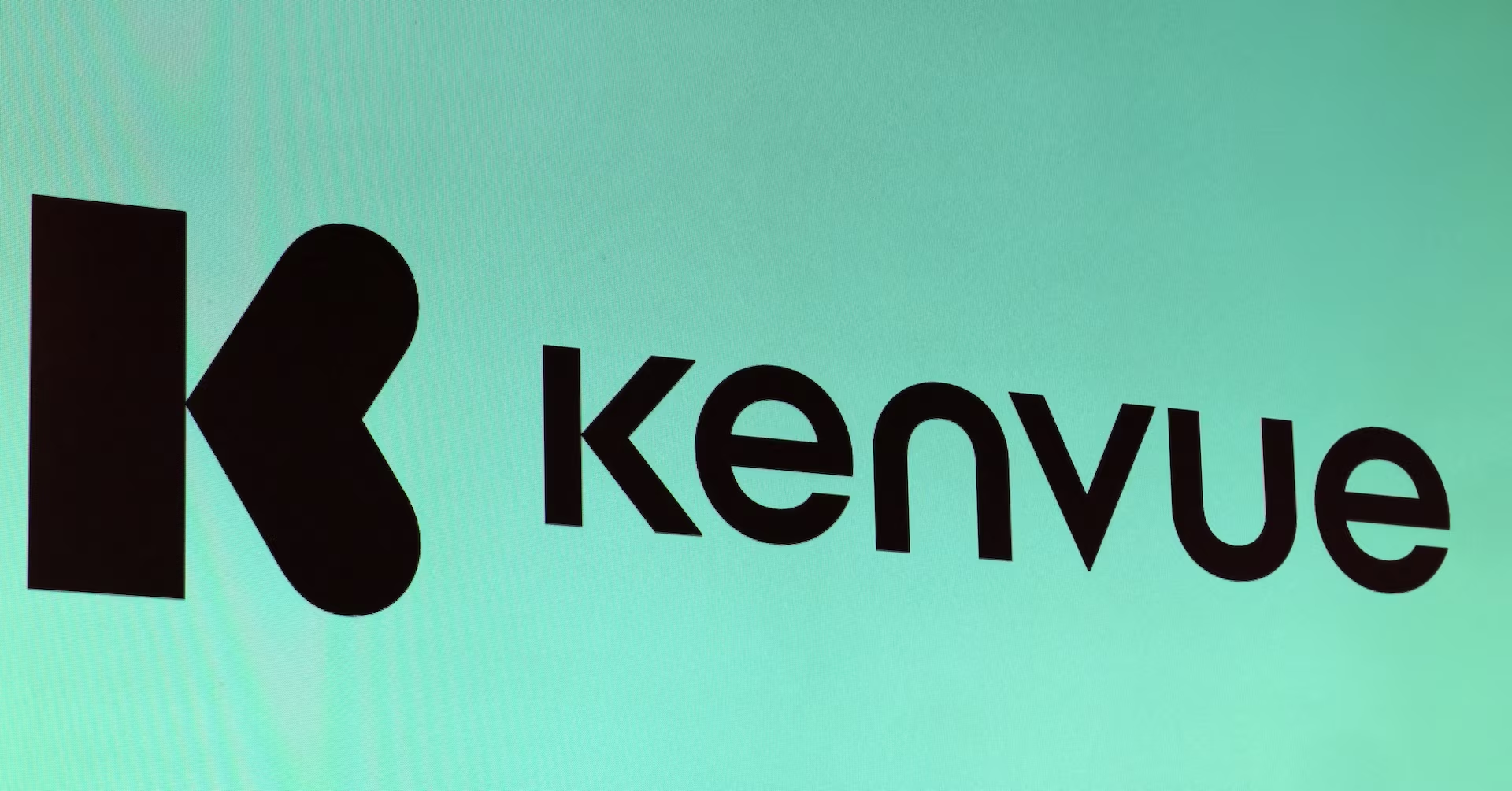Savers who max out 401(k) plans can set aside even more in 2026

IRS unveils new income tax brackets and deductions for 2025
The IRS has announced key tax changes for 2025 due to inflation, including adjustments to income tax brackets, deductions, and capital gains.
Straight Arrow News
- The 401(k) catch-up contribution limit will increase to $8,000 in 2026, up from $7,500 for 2025 for many who are 50 and older.
- Some participants who are 50 and older can contribute up to $32,500 each year in 2026.
Many savers will be allowed to set aside an extra $1,000 a year in their 401(k) plans in 2026 based on new contribution limits announced by the Internal Revenue Service.
The IRS officially disclosed the new limit Thursday, Nov. 13, indicating that many individuals could contribute up to $24,500 in their 401(k) plans in 2026. That’s up from $23,500 for 2025.
Many Gen X savers, depending on their age, can contribute more than that limit. And a limited group of others can save even more than those 50 and older.
The $24,500 limit for 2026 also applies to those who participate in 403(b) plans, governmental 457 plans, and the federal government’s Thrift Savings Plan.
Employees who are 50 and older who participate in 401(k) plans and other retirement plans at work can contribute more than the annual limit each year. Their so-called “catch-up” contribution limit will increase to $8,000 in 2026, up from $7,500 for 2025.
As a result, participants who are 50 and older generally can contribute up to $32,500 each year in 2026.
That limit would apply to most 401(k), 403(b), governmental 457 plans and the federal government’s Thrift Savings Plan.
Many employees in their early 60s also can super-size that savings even more to hit up to $35,750 in contributions in 2026.
Many people edging closer to traditional retirement age are allowed to set aside thousands of dollars more in savings in their 401(k) plans if they’re the right age. A higher catch-up contribution limit applies for employees aged 60, 61, 62 and 63 who participate in these plans.
For 2026, workers in this age group could set aside an extra $11,250 in 2026 that would drive up potential total contributions to $35,750. That’s up from $34,750 in 2025.
Significant revisions that allow the extra retirement savings were packed into SECURE 2.0, which was signed into law by President Joe Biden in late 2022.
One quirk will apply starting in 2026 to reduce the tax break for very high wage earners.
Beginning next year, all catch-up contributions made by those who are 50 and older will need to be made into a Roth account in after-tax dollars if you earn more than $145,000 in the prior calendar year. Those employees earning $145,000 or less, adjusted for inflation going forward, will be exempt from the Roth requirement.
Experts say the vast majority of 401(k) plans already have a Roth option. Those few plans that do not will need to add a Roth option by 2026 to accommodate higher-wage earners in this situation.
The IRS also announced that the limit on annual contributions to an IRA is increased by $500 a year for 2026. That limit moves to $7,500 in 2026.
The IRA catch-up contribution limit for individuals ages 50 and over will hit $1,100 in 2026, up from $1,000 for 2025.
Contact personal finance columnist Susan Tompor: stompor@freepress.com. Follow her on X @tompor.





